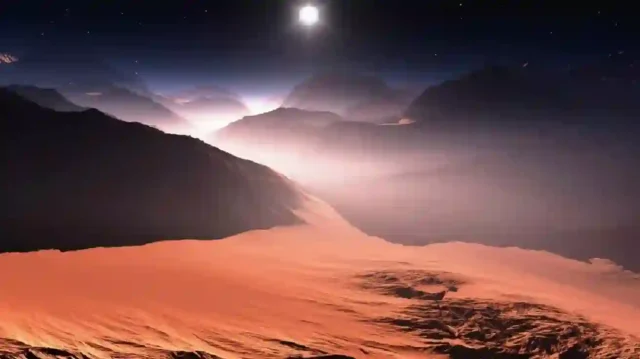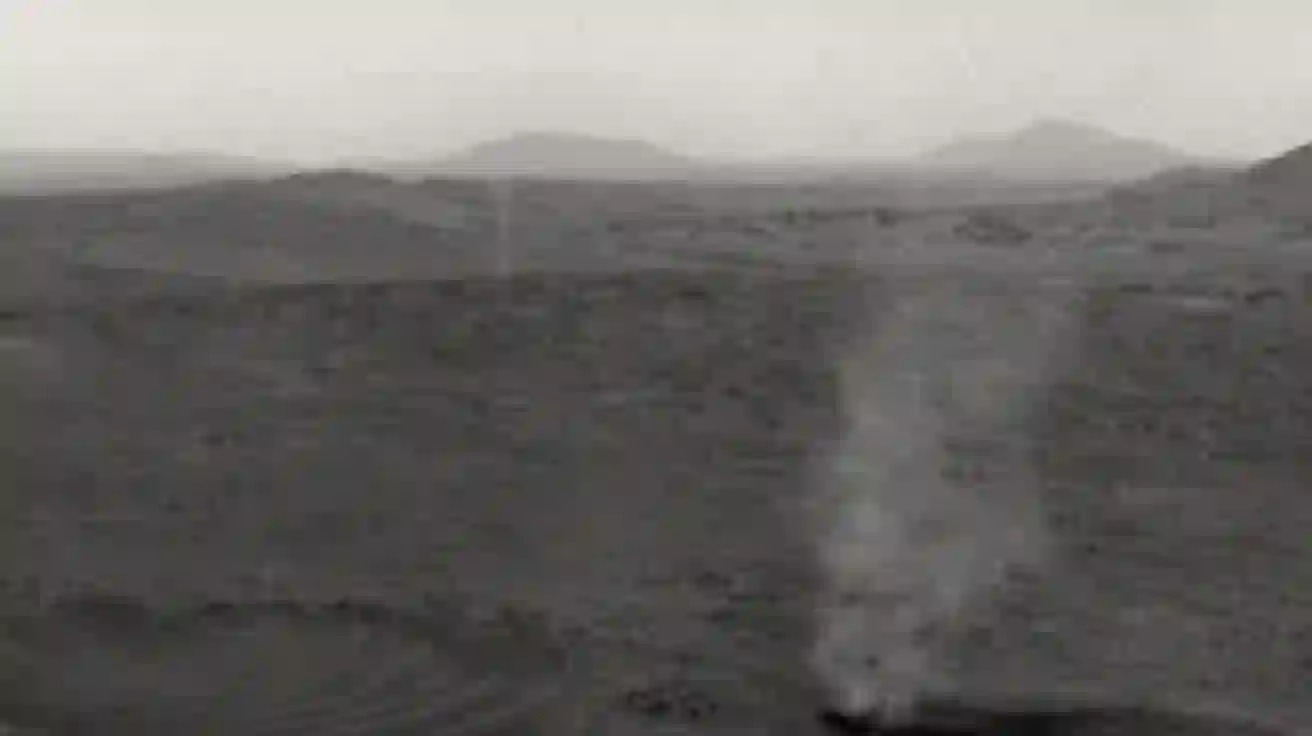Imagine Mars, not as the barren, wind-swept desert we see through modern telescopes, but as a planet once alive with weather systems—clouds drifting across the sky, rainfall tapping against dusty soil, and rivers snaking through valleys carved over millennia. This dramatic reimagining of the Red Planet’s ancient history is the focus of a new study from the University of Colorado Boulder, offering fresh insight into the Martian past.
According to the research team, Mars may have once experienced a climate that supported consistent precipitation, reshaping long-held assumptions about how the planet’s complex valley networks came to be. While many models have suggested that Mars was always too cold for liquid water, these new findings propose that rainfall or snowmelt could have played a central role in forming the landscape we observe today.
Solving the Martian Mystery
The Martian surface is riddled with large, branching valley systems that bear a striking resemblance to those found in dry regions of Earth, such as the American Southwest. These formations have long intrigued scientists, prompting debate about how they were formed.
“Our research tackles a major question: Did flowing water on Mars originate from melting ice, or was it rainfall?” explained Amanda Steckel, the study’s lead author, who now works at the California Institute of Technology. “The appearance of these valleys doesn’t fully align with the idea of limited, episodic melting.”
By running a series of high-resolution computer simulations, the team aimed to determine whether these valleys were better explained by precipitation or by ice melt alone. Using advanced landscape modeling software originally developed for Earth terrains, the scientists adapted the tool to simulate Martian topography, particularly near the equator where many of the valley networks are concentrated.
Simulated Climate, Real Results
The study modeled two primary scenarios. One imagined valleys forming due to seasonal melting of glaciers or ice caps in elevated regions. The second posited a climate with periodic rainfall or snowfall that fed surface runoff.
The simulations revealed that valleys formed under these two conditions differed noticeably. In the ice melt scenario, valley formation was confined to specific high-altitude zones where ice would have existed. In contrast, the precipitation model showed valley head formation across a broad spectrum of elevations—ranging from deep basins to mountains over 11,000 feet tall.
“That elevation diversity in the valley origins is difficult to explain with melting alone,” Steckel said. “But it makes sense if you think about rainfall being more evenly distributed across the surface.”
The precipitation-fed model, according to the team, aligns more closely with images taken by NASA’s Mars orbiters, including the Mars Global Surveyor and Odyssey missions. These high-resolution images reveal complex channel systems branching from highlands and flowing into ancient basins—geological evidence that water once moved across the surface for long periods.
Reconstructing a Wet Mars
The idea that Mars once supported a warmer, wetter climate is not entirely new, but this study strengthens the argument with detailed simulation-based analysis. The results support the theory that the Noachian period—an ancient epoch on Mars dated between 4.1 and 3.7 billion years ago—was marked by an active hydrological cycle.
Brian Hynek, a planetary scientist at CU Boulder and senior author of the study, pointed to the Jezero Crater as a prime example. Now being explored by NASA’s Perseverance rover, this crater shows evidence of a large lake and a river delta. “To move and deposit the kinds of massive boulders we see in Jezero, you’d need rivers with significant depth and flow—far more than what melting ice alone would provide,” Hynek explained.
Using their simulations, Hynek and Steckel were able to trace the probable origins of these ancient rivers. The patterns suggested by widespread precipitation were far more consistent with observed valley networks than models relying solely on glacial melt.
Still Many Questions
While the study adds strong evidence to the warm-and-wet Mars hypothesis, it also highlights unanswered questions—chief among them: How could Mars have stayed warm enough to support rainfall for long stretches of time?
Most climate models struggle to maintain above-freezing temperatures on early Mars due to its distance from the Sun and thin atmosphere. It’s possible that volcanic activity, greenhouse gases, or other atmospheric phenomena contributed to a temporary warming phase, but no consensus has been reached.
Despite this, Hynek believes the erosion patterns captured in the simulations paint a compelling picture. “After that water stopped flowing, erosion ceased, and much of Mars has remained geologically frozen in time,” he said. “Looking at its surface is like seeing Earth as it was billions of years ago.”
Red Planet, Blue Past?
Today, Mars may seem like a lifeless desert, but its rocks and valleys may still whisper stories of a more temperate age—an age when rain fell, rivers ran, and perhaps, conditions existed that could have supported life.
As researchers continue to study Mars with increasingly sophisticated tools—from orbiting satellites to rovers exploring its dusty plains—each discovery peels back another layer of its rich geological history. And as our understanding grows, so does the sense that this distant planet may not have been so different from our own after all.
The full research findings appear in the latest edition of the Journal of Geophysical Research.












